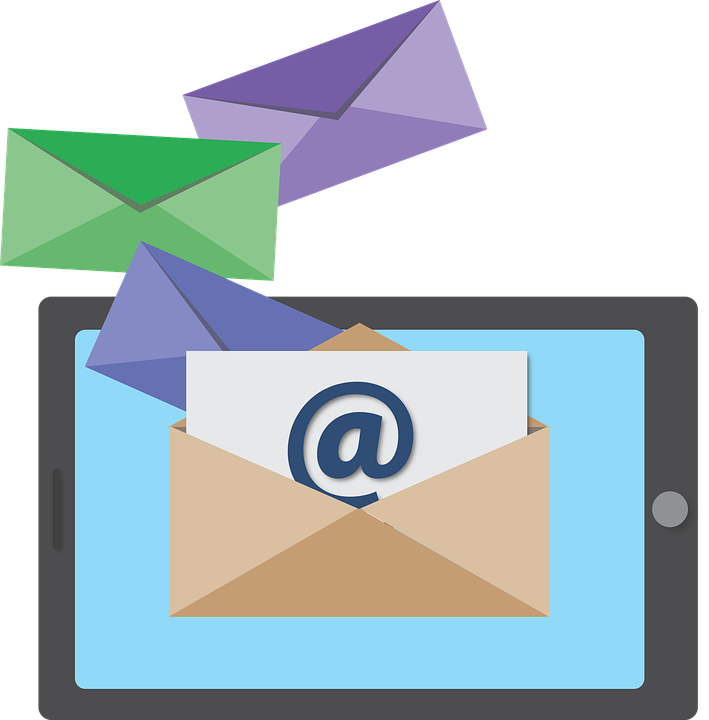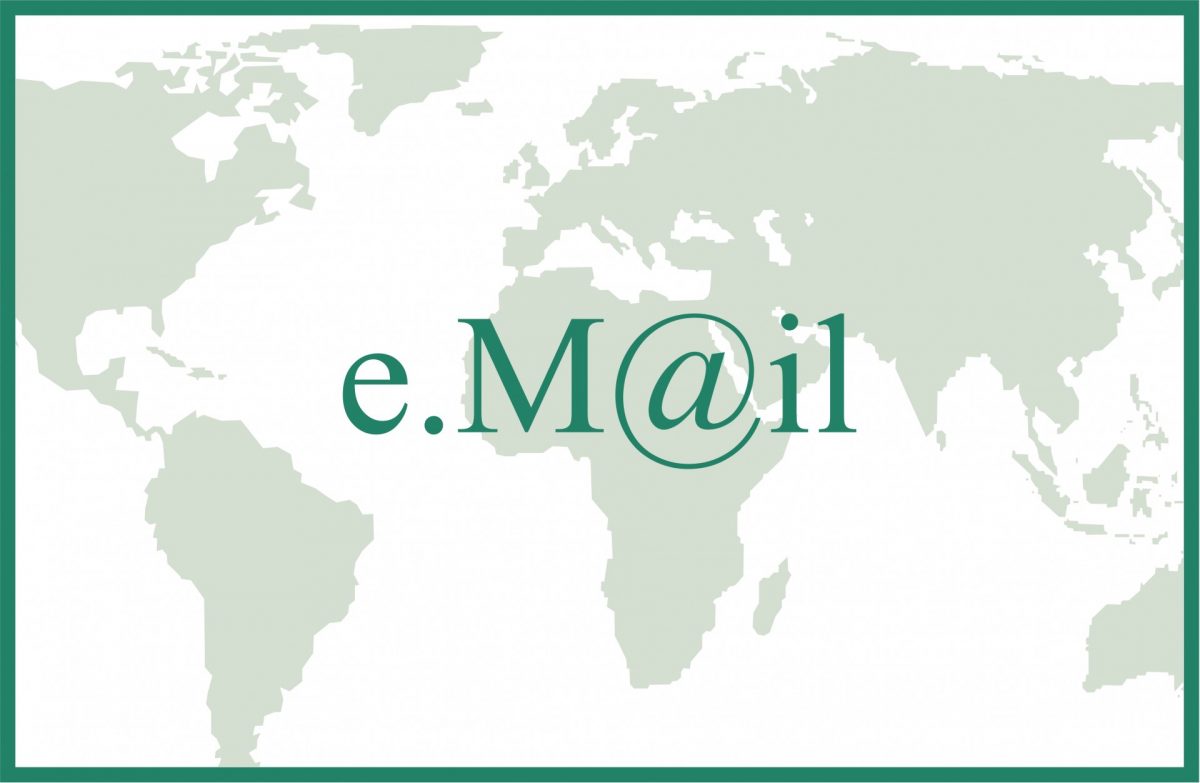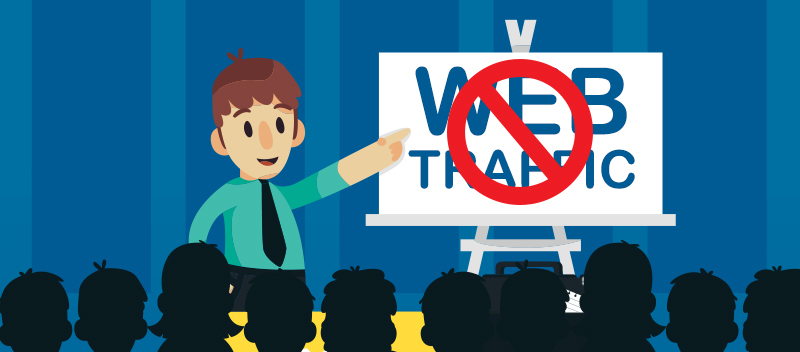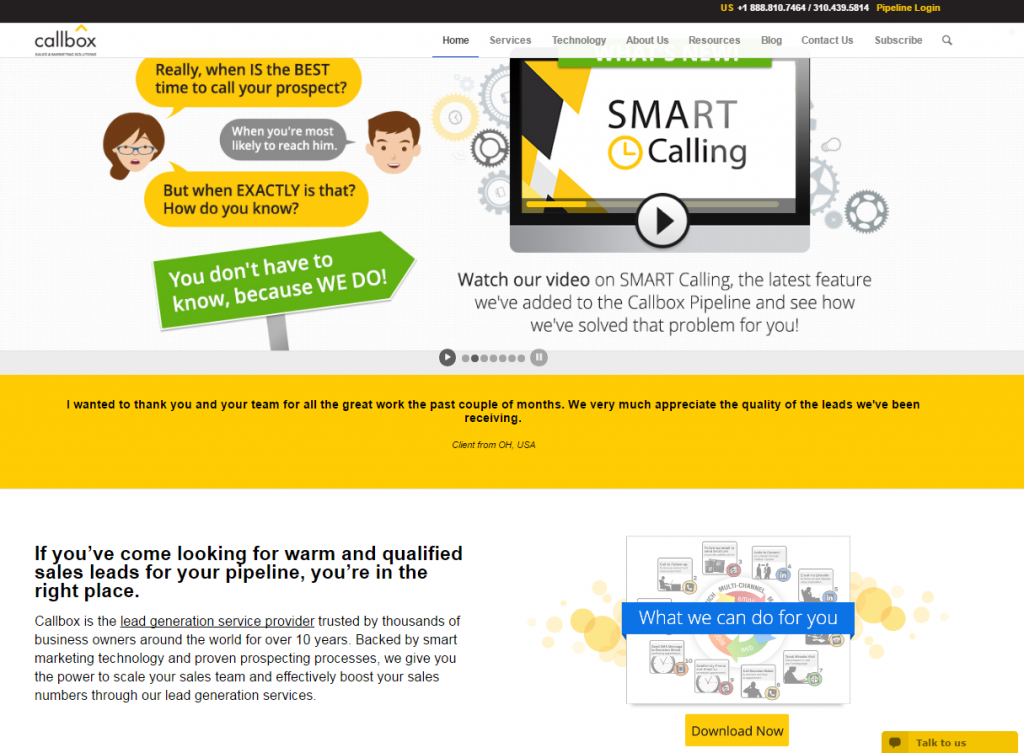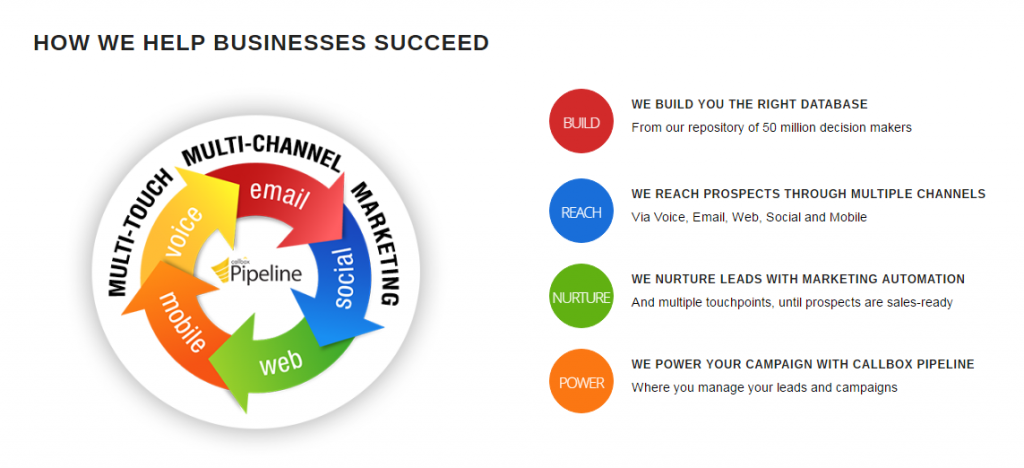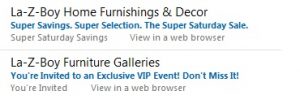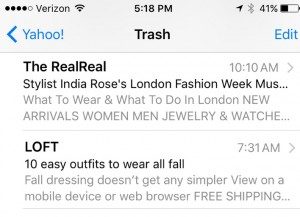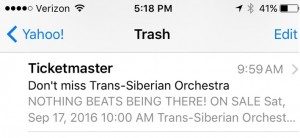Get sophisticated! Top tips to take your email marketing to the next level by Jenna Tiffany. Available from <http://www.fourthsource.com/email-marketing/get-sophisticated-top-tips-take-email-marketing-next-level-21516>. [October 25, 2016]
Your marketing strategy might be delivering results today but if you’re not planning for the future and the possibility of potential disruptors shaking up your industry, you could be putting your business at risk of failing, and losing out to other players in the market that are ahead of the curve. Comet, Woolworth’s and Blockbuster have something in common – they closed down because they failed to adapt to customer expectations and adapt to modern day times. Blockbuster didn’t invest in digital and fell behind when the likes of Netflix came on the scene. Many customers were dissatisfied with Blockbuster failing to understand their needs including their return and late fee policies. Companies such as Netflix came along and addressed the issues consumers faced when it came to renting films. You must identify what areas of your marketing strategy are working and the areas that need improving. If you don’t, another company could come along at any moment and take your customers.
Almost 90 per cent of adults regularly use the internet, according to the Office for National Statistics, and this change in consumer behaviour means marketers need to adapt to reflect consumer’s daily habits. People expect a real-time, personalised experience and companies such as Amazon are constantly raising the bar for what is expected, especially with the recent launch of Amazon Dash. Technology is enabling personalisation that cuts through the noise when so many brands continue to send mass market messages.
The way people consume and filter emails is changing in response to consumer expectations. Year on year email sends are increasing by 28 per cent, according to our recent Benchmark Report. The inbox is getting busier, so your emails need to stand out amongst your competitors to engage current and future customers.
For many businesses, their email marketing is basic or, more worryingly, non-existent. Email is one of the biggest drivers of ROI in the marketing mix and as a result it can’t be ignored. Personalisation is very important for engagement, but many brands are failing to implement a tailored approach with their email marketing strategy. We know that emails with personalisation get opened 23% more than emails with none. Further to this, emails with multiple pieces of personalisation get opened 31% more than those with one. You can’t deny the power of personalisation!
It’s important to understand that challenges and limitations exist around developing a more strategic approach to email marketing. Data is the greatest challenge to email marketers, closely followed by ‘limited internal resource’, according to the DMA. Having a framework in place to map-out your journey to sophistication can help you to deal with these challenges and provide a timeline for success.
Adapting your email marketing strategy to increase sophistication could place you steps ahead of your competition. But, where do you start? Our sophistication scale and supporting guide can help you out:
-
Where are you now and where do you want to be?
How much ROI is your email marketing strategy delivering? 54% of TFM attendees this year didn’t know the ROI of their strategy! Identify how effective your email marketing strategy is and the results you are generating at present. Is it what you thought? If not, are you lacking key elements such as personalisation and sending emails for the sake of it with no considered plan or strategy? Once you know where you sit, you can identify your ambitions and define your next steps.
-
Engage your stakeholders from the start
When altering your email marketing strategy, you may find that you need to change some mind-sets within your business, such as an approach of ‘blasting out’ as many emails as possible. Getting buy-in from all stakeholders at the very beginning will mean you can set strong foundations for the new strategy from the get-go.
-
Identify your goals and objectives
Determining your email strategy from the start is really important. Map out your goals, analyse your performance in terms of what works well, identify opportunities and areas for improvement and set goals and objectives so you have something to strive for.
-
Place your customers at the heart of your strategy
Your customers (whether they’re prospective or current) should always sit at the centre of your email marketing strategy. Before you put your email marketing strategy in place, stop and think about what the benefit is for your recipient. Consider how your email journey adds value to your customer’s experience with your brand, service and product. If it’s not delivering the experience consumers expect and require, change it to reflect your customer’s needs.
-
Analyse and evaluate
Regularly ask yourself what’s working really well and what could be improved? Benchmark your performance against competitors in the industry to see where the opportunities are and to ensure you are always applying context to your activity.
Get sophisticated! Top tips to take your email marketing to the next level by Jenna Tiffany. Available from <http://www.fourthsource.com/email-marketing/get-sophisticated-top-tips-take-email-marketing-next-level-21516>. [October 25, 2016]

